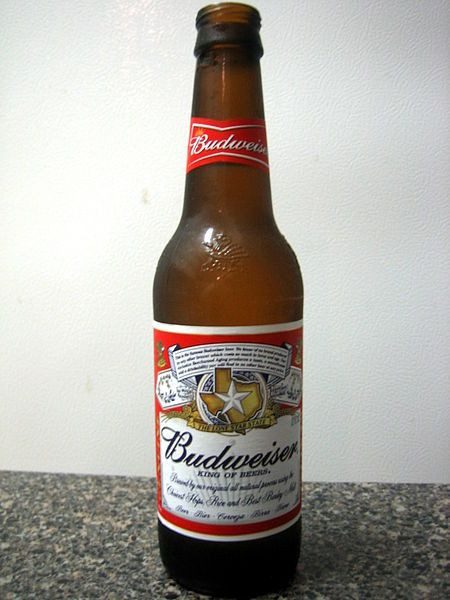Researchers Propose New Guidelines For Self-Regulating Alcohol Ads

The U.S. Beer Institute code is a set of guidelines devised by various alcohol industries as a way for them to self-regulate their marketing and advertising practices. The effectiveness of this self-assessing procedure has been questioned in the past due to its failure to meet consumer's standards and its supposed lack of objectivity.
"Given that alcohol use is the leading drug problem among young people, and responsible for approximately 4700 deaths per year among persons under 21, and since the earlier young people start drinking, the more likely they are to experience alcohol problems later in life, there is a strong public health interest in reducing youth exposure to alcohol advertising," said David H. Jernigan, associate professor in the Department of Health, Behavior and Society at Johns Hopkins Bloomberg School of Public Health.
A recent study analyzed violations that have been made under the guidelines and has provided a possible cost-effective solution for assessing the efficiency of the alcohol industry's voluntary standards.
Lead author of the study Thomas F. Babor said, "The procedure we've developed at the very least can be used to rapidly detect code violations and report them to industry sources so that they can remove ads with objectionable content. More importantly, it may be used to document the extent of code violations so that policymakers can consider whether stronger measures are needed, such as a total ban on alcohol marketing, as is done for tobacco products."
"Parents may be interested in knowing this procedure could be used to protect young persons from ad content designed to make alcohol more appealing to them," added Babor, who is also a professor of public health and community medicine at The University of Connecticut School of Medicine.
"For example, most people would be surprised to learn that each year, several of the beer ads broadcast to millions of young persons on Superbowl Sunday contain serious code violations that may contribute to binge drinking by American youth."
Babor and a team of his colleagues analyzed six alcohol advertisements that were most likely in violation of the Beer Institute's guidelines. According to their research, the Beer Institute's Code Compliance Review Board has never found an ad in violation of the beer industry's code.
"Research suggests that alcohol advertising pre-disposes young people to have favorable attitudes toward drinking, and to prefer certain brands, particularly those marketed to young adults, and to promote an earlier onset of drinking," explained Babor.
"The strength of the association, the consistency of the findings, the dose-response relationship, and the theoretical plausibility of the effect strongly suggest that alcohol advertising increases the likelihood that young people will start to use alcohol and will drink more if they are already using alcohol."
286 health professionals and college students were recruited to evaluate each advertisement on two occasions spaced one month apart. Participants were asked to identify a range of violation factors including if actors appeared under 21 years of age, the amount of alcohol consumed, and if drinking alcohol was correlated with success.
Both Jernigan and Babor recognized that health experts were less likely to pick up on humorous or sexually objective content meant to entertain members of the younger generation.
"While both groups found violations in the ads, the expert raters were more conservative and less likely to be influenced by feedback, either from their own ratings as a group or from the ratings of the other group," added Jernigan.
"Much of the content of alcohol ads flies under the comprehension radar of adults. This underscores why it is important to include young people and young adults in rating panels assessing industry compliance with its standards."
After distinguishing any violations and how they would affect public perception, the research team considered possible solutions for these violations often going unnoticed. Babor agreed with the notion that alcohol industry should be able to moderate itself; it was just up to his team to decide the best method.
"Our study shows that it is feasible to obtain consistent evaluations of marketing code violations from both health professionals and members of vulnerable groups, and that such information could be rapidly translated into decisions about whether an alcohol ad should be broadcast," said Babor.
"Results indicate that the modified Delphi Technique can facilitate consensus development around code violations, which may enhance the ability of regulatory agencies to monitor the content of alcohol-beverage advertising."
The Delphi Technique requires anonymous experts answer surveys, then receive a statistical analysis complete with their answer as well as answers from other anonymous participants. After the group response is received, the process is repeated until the group is at some level of agreement.
The findings of this study will be published in the October 2013 edition of Alcoholism: Clinical & Experimental Research.
Source: Babor TF. A New Method for Evaluating Compliance with Industry Self-Regulation Codes Governing the Content of Alcohol Advertising, Alcoholism: Clinical & Experimental Research. 2013.
Published by Medicaldaily.com



























